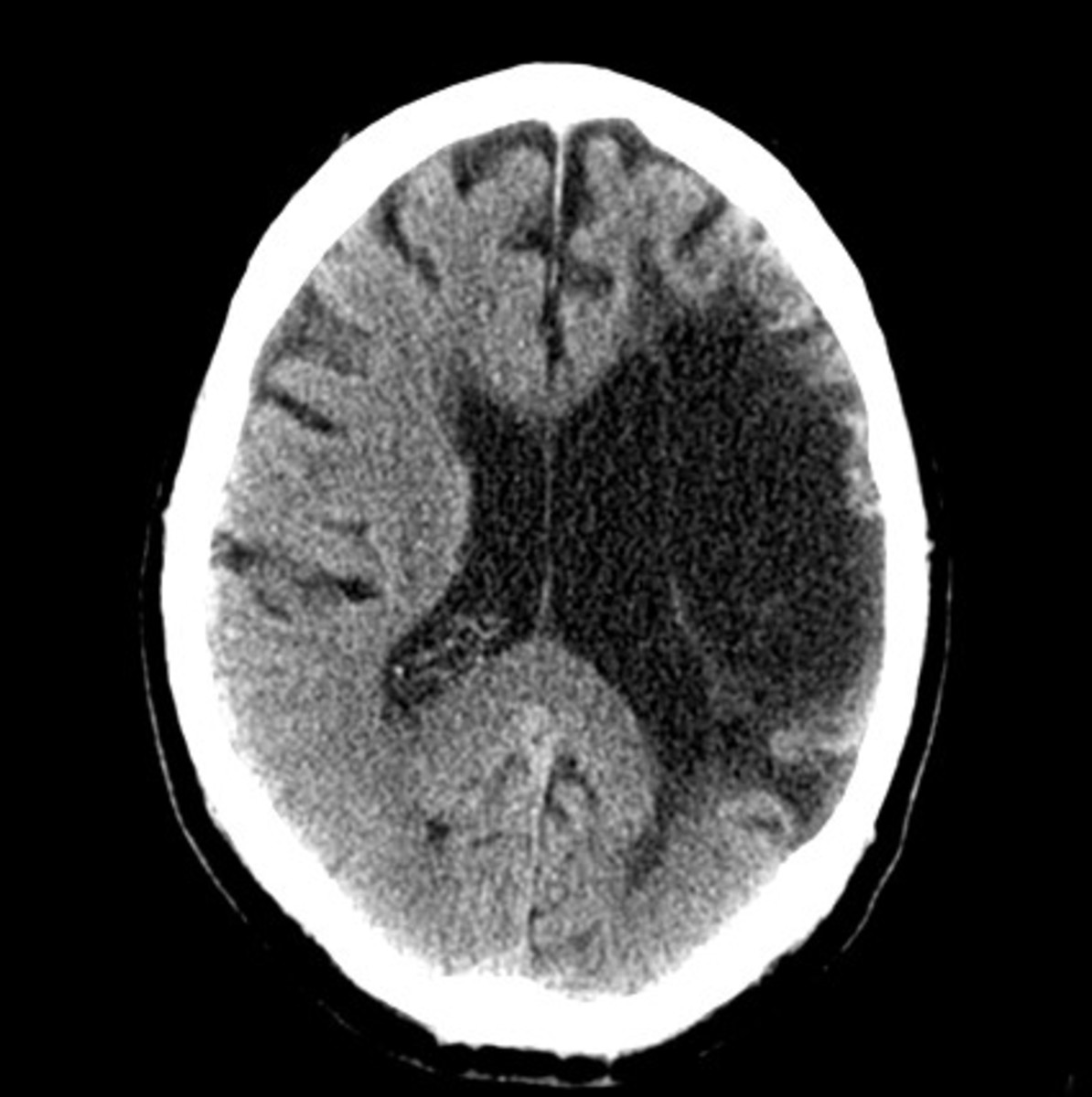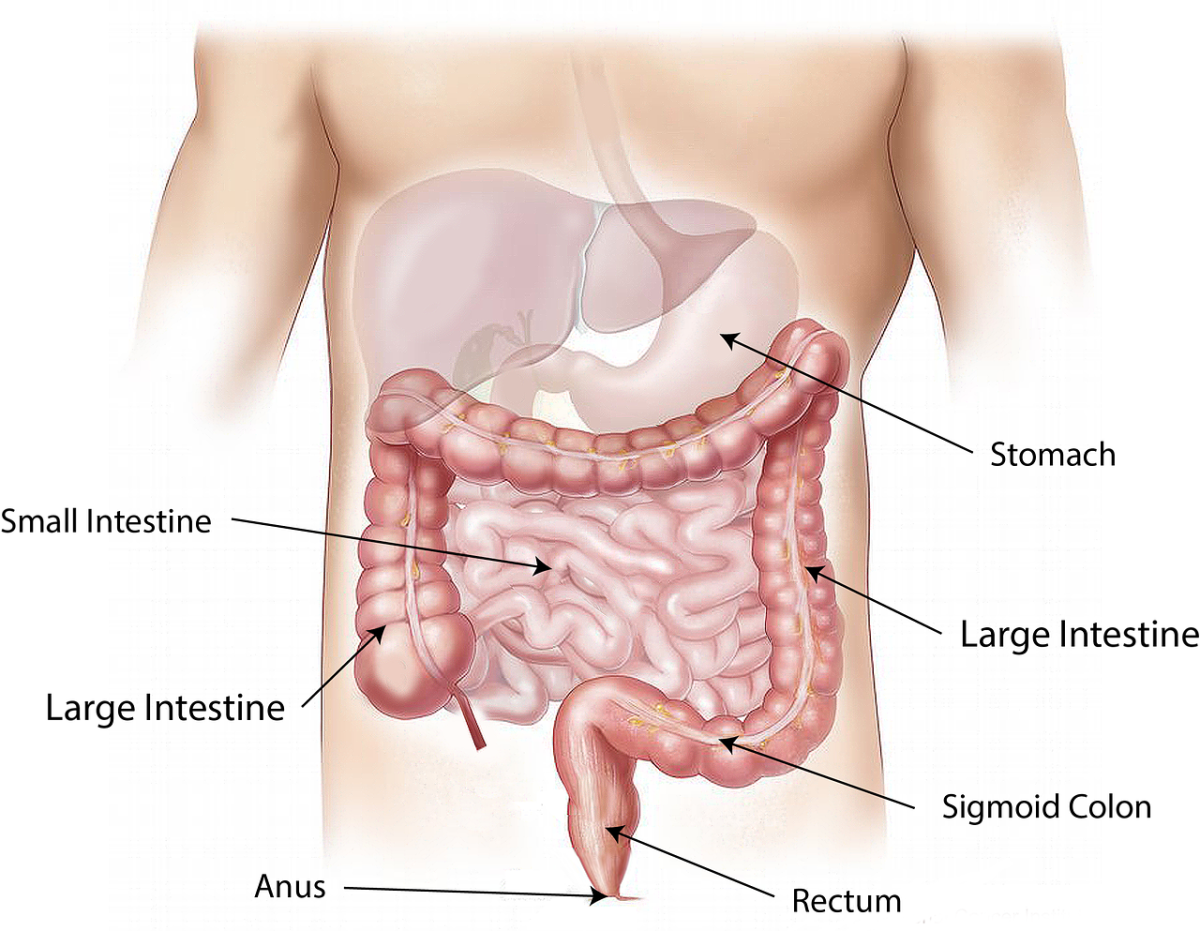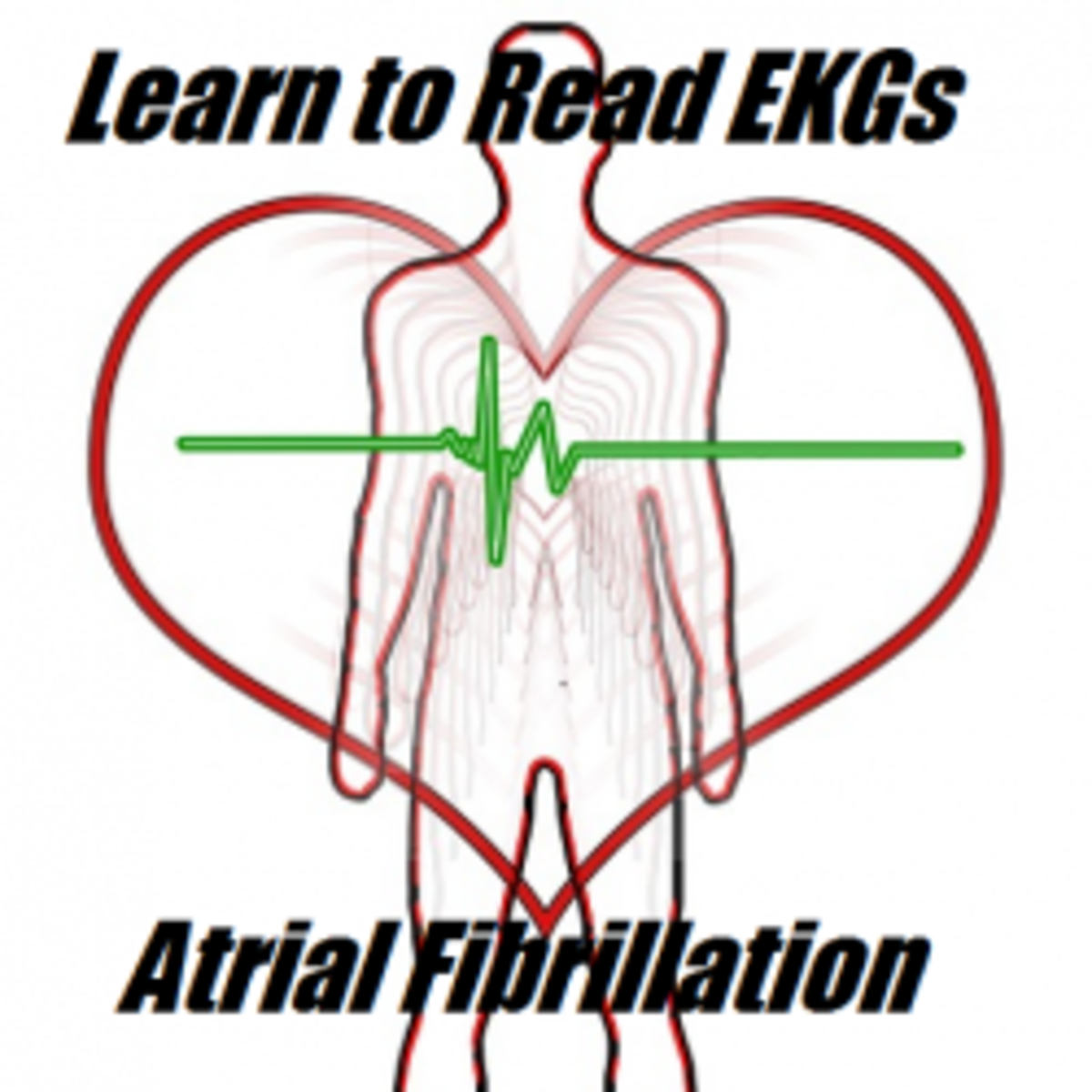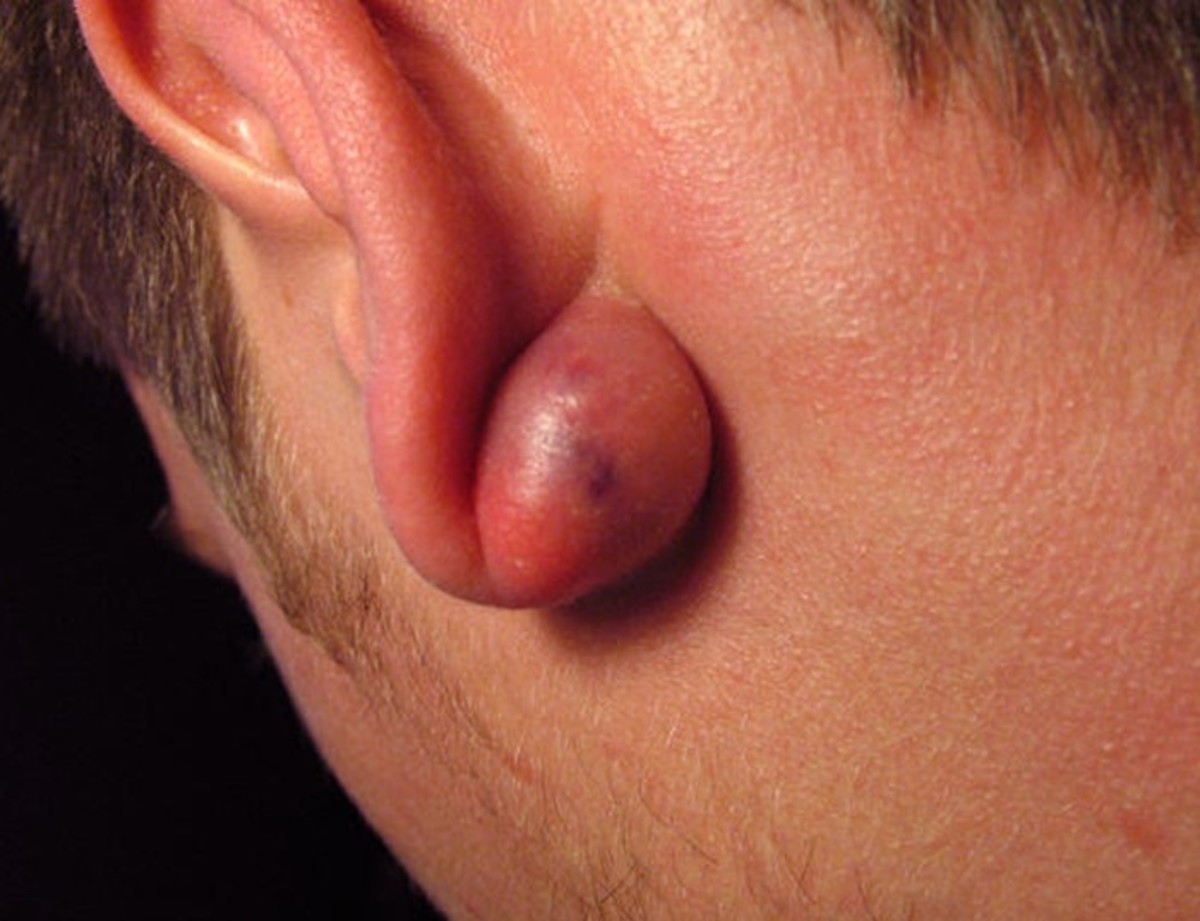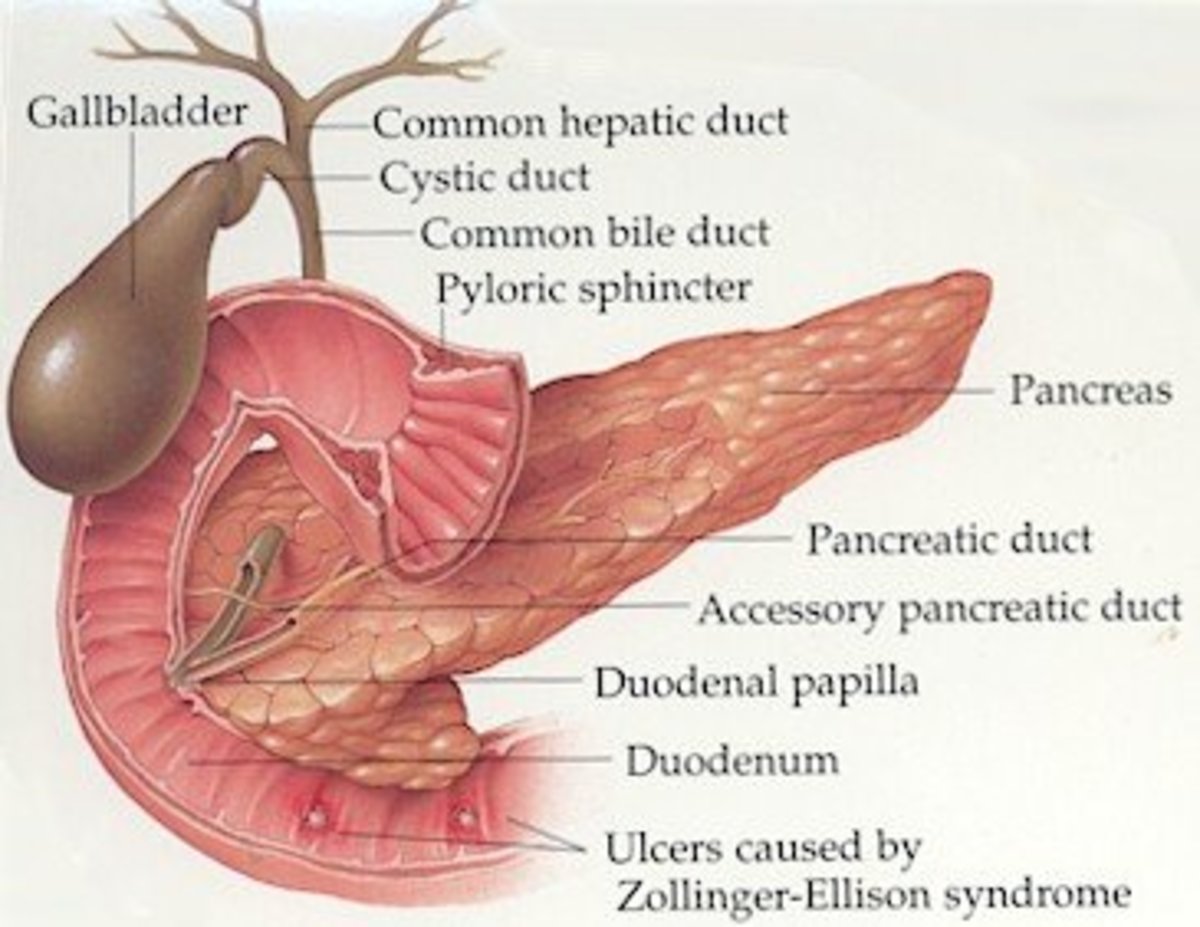Silent Atrial Fibrillation - A Dangerous Condition
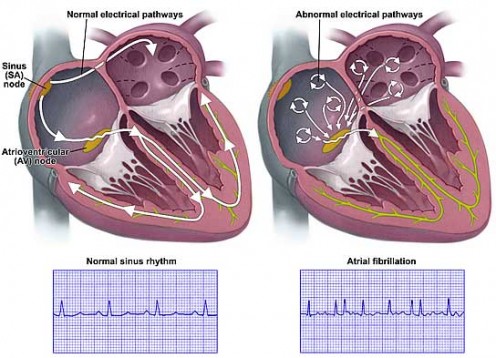
Atrial fibrillation (AF) is a type of arrhythmia, in which there is a problem with the rate or rhythm of the heartbeat. During an arrhythmia, the heart can beat too fast, too slow or with an irregular rhythm. Normally, the heart contracts and relaxes to a regular beat. In atrial fibrillation, the two upper chambers of the heart, called atria, beat irregularly instead of beating effectively to move blood into the lower chambers, called ventricles. This occurs if rapid, disorganized electrical signals cause the atria to fibrillate, which means to contract very fast and irregularly. Therefore, the heart’s upper and lower chambers don’t work together in a synchronized manner.
In the majority of the persons suffering from Atrial Fibrillation, there occur some symptoms, which can lead to its diagnosis. Some of the common symptoms include palpitation, shortness of breath and chest pain. But there are many instances, in which Atrial Fibrillation takes place without any symptoms. This type of AF is called silent AF.
In silent AF, there are some subtle symptoms, which one may notice if one is careful. The individuals suffering from silent AF may notice that there is a drop-off in how well they could do certain physical activity in a certain period of time, which they were able to perform easily previously. Such individuals may not notice palpitation of the heart and shortness of breath but they may notice a change in how well they perform a certain physical activity. They may notice a weakness or fatigue while performing a physical activity that they could perform easily before. Some other subtle symptoms may include lightheadedness, dizziness or confusion, which may point to a possibility of occurrence of an episode of silent AF, if an individual has an underlying cause for it.
If an individual notices such changes during a routine physical activity or otherwise, the individual should immediately take one’s pulse as described below –
- Facing the palm of one hand upward, place the index and middle finger of the other hand along the outer edge of the wrist just below where the thumb meets the wrist.
- Press slightly to feel the beats of the pulse. See if it feels regular or irregular.
- Use the clock with a second hand to count the pulse in 15 seconds and then multiply by 4 to get the pulse per minute. The normal pulse rate is 60 to 100 per minute.
- If the person finds the pulse irregular or the rate is well above the normal upper limit, one should immediately call the doctor.
Causes –
The causes, which underly the onset of episodes of atrial fibrillation, are likely to give rise to silent AF too. Some of the common causes are enumerated below –
- Heart attacks
- High blood pressure
- Coronary artery disease
- Congenital heart defects
- Abnormal heart valves
- Overactive thyroid gland
- Lung diseases
- Previous heart surgery
- Viral infections
- Stress due to pneumonia, surgery or other illnesses
- Sleep apnea
- The improper functioning of the heart's natural pacemaker
- Exposure to stimulants, such as medications, caffeine or tobacco, or to alcohol
- Increasing age
Its diagnosis –
The diagnosis of the silent AF can be done effectively by long-term ECG monitoring employing the prolonged use of Holter ECG devices for up to 30 days. The implantable subcutaneous devices can provide continuous cardiac rhythm monitoring in patients that do not require pacemakers or defibrillators. The diagnostic accuracy of subcutaneous ECG monitors is good but implanted monitors may not detect all episodes of AF picked up by conventional, manually analyzed Holter ECG.
Dangers of silent atrial fibrillation –
Stroke - It has been found that silent AF episodes are associated with a 2.5 fold increase in the risk of ischemic strokes. This is because the chaotic rhythm of the heart encourages blood to pool in the atria, the upper chambers of the heart. This results in the formation of the clots in the pooled blood. These clots can break free from the heart and travel to the brain, thus causing an ischemic stroke by blocking an artery. The short episodes of silent AF seem to behave like the more typical AF that we are familiar with.
The study, published in the Jan. 12 issue of the New England Journal of Medicine, found that among patients with pacemakers but no history of AF episodes, about one-third of them experienced device-detected episodes of atrial tachyarrhythmias of at least six minutes in length. An atrial tachyarrhythmia is an umbrella term that covers AF, atrial flutter and other fast rhythms that start in the atria.
The guidelines currently recommend at least 24 hours of electrocardiographic monitoring after an ischemic stroke to determine whether atrial fibrillation was a likely cause.
Heart failure – AF and congestive heart failure share common risk factors and frequently co-exist. Each condition predisposes to the other and, therefore, the concomitant presence of the two identifies the individuals at an increased risk. So, in individuals with silent AF, it is of prime importance to detect episodes of silent AF so that it can be managed effectively in order to prevent congestive heart failure.
Role of exercise - Experts say physical activity is usually good for people with AF. In most of the cases, the problems need to be treated first. Later the cardiologist may suggest a cardiac rehabilitation program. Rehab specialists develop a custom exercise program with the patient, look out for any problems and help the individual figure out when it's safe to push oneself.
The bottom line -
The statistics show that the incidence of atrial fibrillation is rising all over the world. AF affects approximately 4% of the population over age 60 and 10% of the population over age 80. Approximately, 35% of all AF patients will have a stroke at some point in their life. AF-related strokes are 3 times as fatal as other strokes within the first 30 days. These statistics serve as a pointer to the fact that there is every likelihood that the incidence of silent atrial fibrillation is also rising. So, it is of paramount importance that the early detection of a silent AF will assist in the proper management of stroke or any other complication ensuing from it.

